The U.S. State Department has approved a possible Foreign Military Sale to Canada of M142 High Mobility Artillery Rocket Systems (HIMARS) and associated munitions valued at an estimated $1.75 billion, according to a notification from the Defense Security Cooperation Agency (DSCA).
The proposed sale includes 26 M142 launchers, along with a range of Guided Multiple Launch Rocket System (GMLRS) and Army Tactical Missile System (ATACMS) pods.
Specifically, the package comprises 132 M31A2 GMLRS Unitary pods, 132 M30A2 GMLRS Alternative Warhead pods, 32 M403 Extended Range (ER) GMLRS AW pods, 32 M404 ER GMLRS Unitary pods, and 64 M57 ATACMS pods.
Also included are practice rocket pods, integration support, spare parts, tool kits, training, technical publications, radios, intercom equipment, and contractor logistics support. Lockheed Martin, based in Grand Prairie, Texas, is listed as the principal contractor.
According to the DSCA, “This proposed sale will support the foreign policy and national security objectives of the United States by helping to improve the military capability of Canada, a North Atlantic Treaty Organization (NATO) Ally that is an important force for ensuring political stability and economic progress.”
The agency added that the sale will enhance Canada’s long-range precision strike capability and strengthen its contribution to NATO collective defence and deterrence in Europe. It stated that Canada “will have no difficulty absorbing these articles and services into its armed forces.”
The DSCA emphasised that the transaction will not alter the regional military balance. No offset agreements have been announced, with any such arrangements to be defined later between the Canadian government and Lockheed Martin.
What is HIMARS?
Lockheed Martin’s M142 HIMARS is the wheeled, high-mobility member of the MLRS family, developed in the late 1990s and fielded in the 2000s. The launcher is built by Lockheed Martin and mounted on a BAE Systems 6×6 medium tactical vehicle. It is significantly lighter than tracked M270 launchers, transportable by C-130, and roughly 7 metres long, 2.4 metres wide and 3.2 metres high.
The system is typically run by a three-person crew: driver, gunner and section chief. Modern fire control automation allows a reduced crew for some functions and supports loading, aiming and firing in automatic or manual modes. A secure data link sends target data from command and control to the on-board computer, which prepares the launcher and guides the crew through mission sequences; the launcher can be laid on target in seconds.
HIMARS fires the full MLRS family of munitions. That includes GPS-guided GMLRS rockets, with unitary warheads and ranges reported to exceed 70 kilometres, extended-range rockets that push range beyond legacy M26 performance, ATACMS tactical missiles with ranges measured in the hundreds of kilometres, and the newer Precision Strike Missile that is intended to extend reach further.
The launcher carries a single six-pack pod for rockets or one ATACMS/PrSM pod and is designed for rapid “shoot and scoot” operations to reduce counter-battery risk. In plain terms, HIMARS is a mobile, precision long-range fires system that puts guided rockets and tactical missiles onto a road-mobile truck.


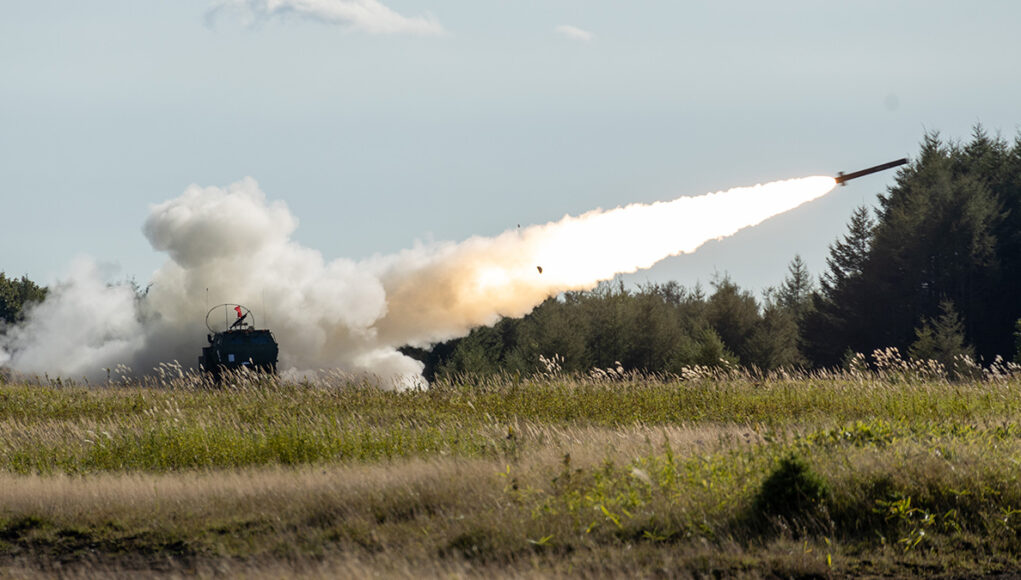
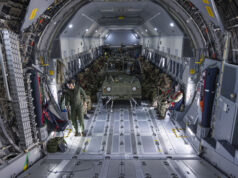



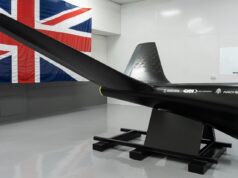


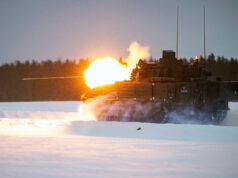

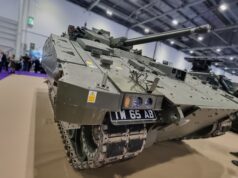

At face value this is $67m per launcher, but the deal obviously includes more than just the launchers. The rockets/pods must cost a clean fortune.
Wow, Canada investing in defence, amazing!
DnD is awash with cash. Santa has come early for the brass this year.
Canadian Armed Forces has a huge list of new procurement.
If HMG were serious about Defence, a Regiment of these for 1 UK Divisions planned new 1 DRSB would seem ideal to me? Given that it’s wheeled, and reportedly Boxer might end up in one of it’s Brigades.
As it is, so far, it is robbing Peter to pay Paul, as usual, and one of our two M270 GMLRS Regiments of the existing 3 DRSB will move over, effectively halving its firepower.
I’m sure they’ll spin it as all being “new” if the Brigade ever forms as well, even if it comprises existing formations.